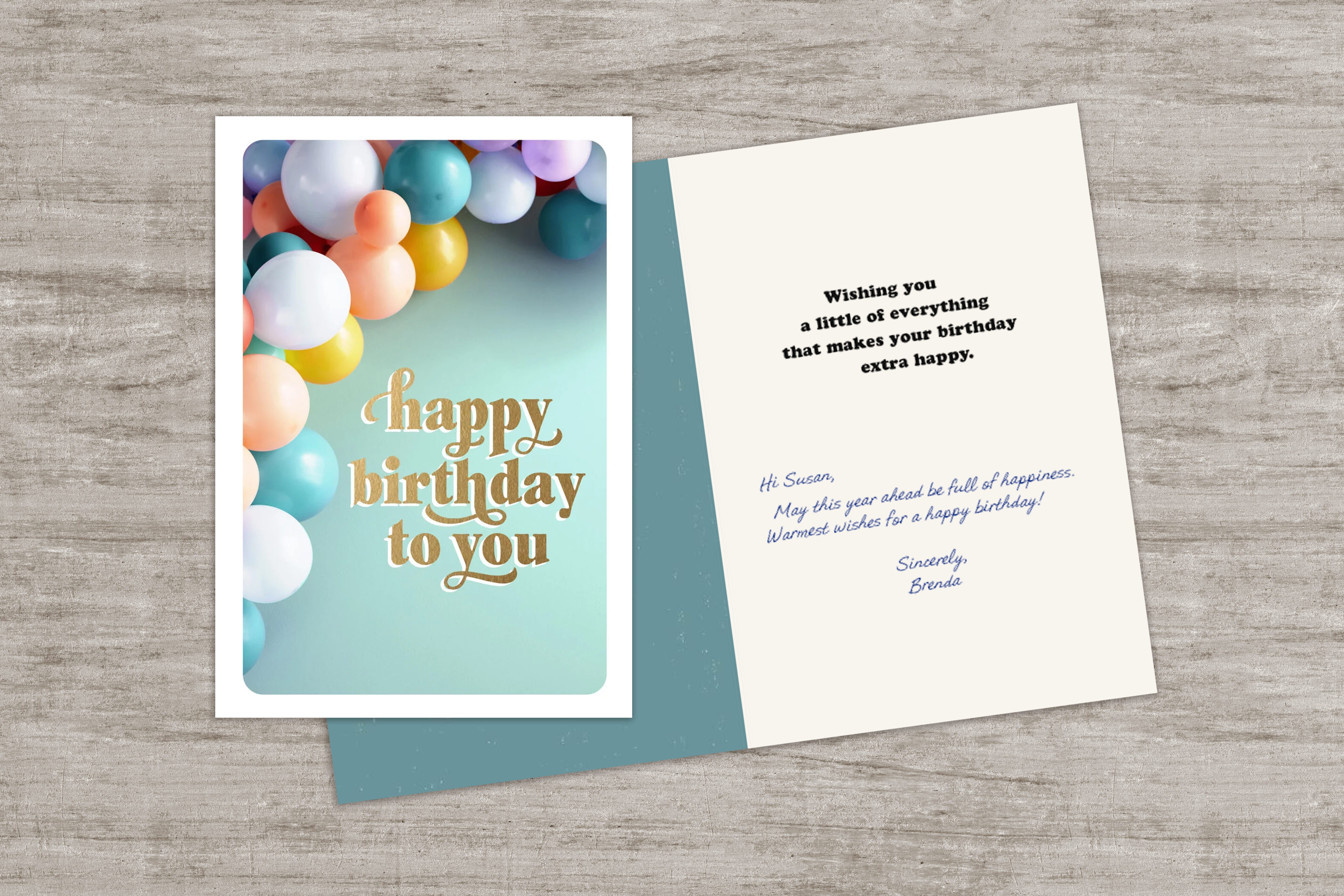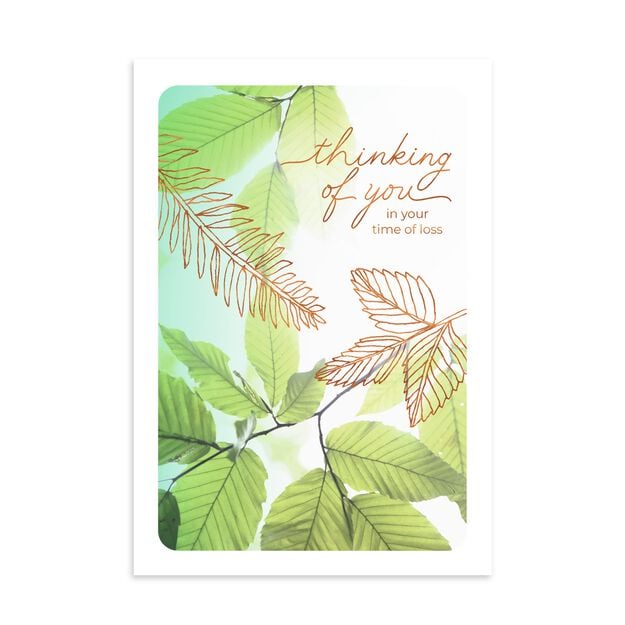Hallmark’s Best Tips on How Businesses Should Apologize to Customers

No company ever plans to make a mistake, error or mishap. The truth of the matter is, it happens. Bills can increase for no known reason to the customer. Paperwork can be lost or misplaced. Outages occur. Product defects happen. Emotionally intelligent companies, however, use these mistakes to their advantage.
How? The most empathetic companies use these moments as an opportunity to apologize, repair their customer relationships and emerge with stronger emotional bridges between them and the customer.
Everyone makes mistakes and companies are no different. However, it takes a certain amount of finesse to draft the right apology. Mark Mills, Senior Editorial Director at Hallmark Business Connections, has mastered the art of the apology for some of the world’s most well-known brands. As a creative mind who specialize in creating business greeting cards, Mark understands how to not only connect with consumers, but how to best craft an apology when a business makes a mistake.
Q&A with Mark Mills: How to Apologize in Business
Q: When should a company apologize?
A: Ask yourself a few questions first: Is it an important relationship or one that I want to last? What’s the status of the relationship right now? If the relationship has been weakened or damaged, is it because of something our organization did or didn’t do? With these questions in mind, the answer should be intuitive.
Q: Is an apology best delivered via phone, email or mail?
A: We all know that emails are great for certain things. But when it comes to an apology, utilizing email puts companies at risk. After all, the email may not be received or read. Plus, most companies don’t have an email addresses for every customer, and typically see low open rates. Apology letters can work, but unless it is handwritten, you run the risk that the letter won’t be opened, and instead go directly into the recycle bin. If your apology is for an individual customer, it’s best to utilize a phone call (which can quickly address the situation) followed with a greeting card. If the apology is for a lot of customers, like a billing or product issue, greeting cards using a handwriting font for the message have a lot of advantages. They show you’ve taken extra effort, have designs that can set the right tone, incorporate preprinted messages that do a lot of the work for you and they just feel more personal, especially when you can’t make hundreds or thousands of phone calls.
Q: In your years helping companies write and send apology cards, what’s your best advice?
A: Own it, get in and get out. Use a phrase such as “The mistake was ours, and we’re sorry we let you down.” This simple sentence shows that you’ve owned it and you’re sorry.
Q: What are some ways to convey empathy in Hallmark apology cards?
A: Here at Hallmark, words and design work together. A simple “We’re sorry” seen in hand lettering conveys much more emotion and authenticity. Another great tactic is to add a little levity. One of my favorite apology cards has a photo of a puppy with a hangdog expression. This image says so much.
Q: How should companies apply empathy in their apologies?
A: Customers expect legal departments to keep companies from admitting fault. They don’t expect to be heard and understood. So when you surprise them with a sincere apology, it grabs their attention and makes them feel heard. Even when legalities prevent you from making a true apology, there are many ways to let that customer know you care without admitting fault. Phrases like “We’re Sorry” or “Thank You” are relationship superpowers. Put yourself in the customer’s situation. Try to feel what they’re feeling and think about your response from their perspective.
Q: Is it possible to have stronger relationships as the result of apologizing well? If so, how?
A: Absolutely! Just as in our own personal lives, the relationships we value most are the ones that have survived a challenge. When a business takes the time to apologize, a customer suddenly feels like they matter. That makes a big difference.
Want more? Contact our customer engagement team.
Click here to get our whitepaper titled The Marketer’s Guide to Using Empathy to Create Great Customer Experiences.
In this Article
-
Q: When should a company apologize?
-
Q: Is an apology best delivered via phone, email or mail?
-
Q: In your years helping companies write and send apology cards, what’s your best advice?
-
Q: What are some ways to convey empathy in Hallmark apology cards?
-
Q: Is it possible to have stronger relationships as the result of apologizing well? If so, how?
Products
Similar Articles







